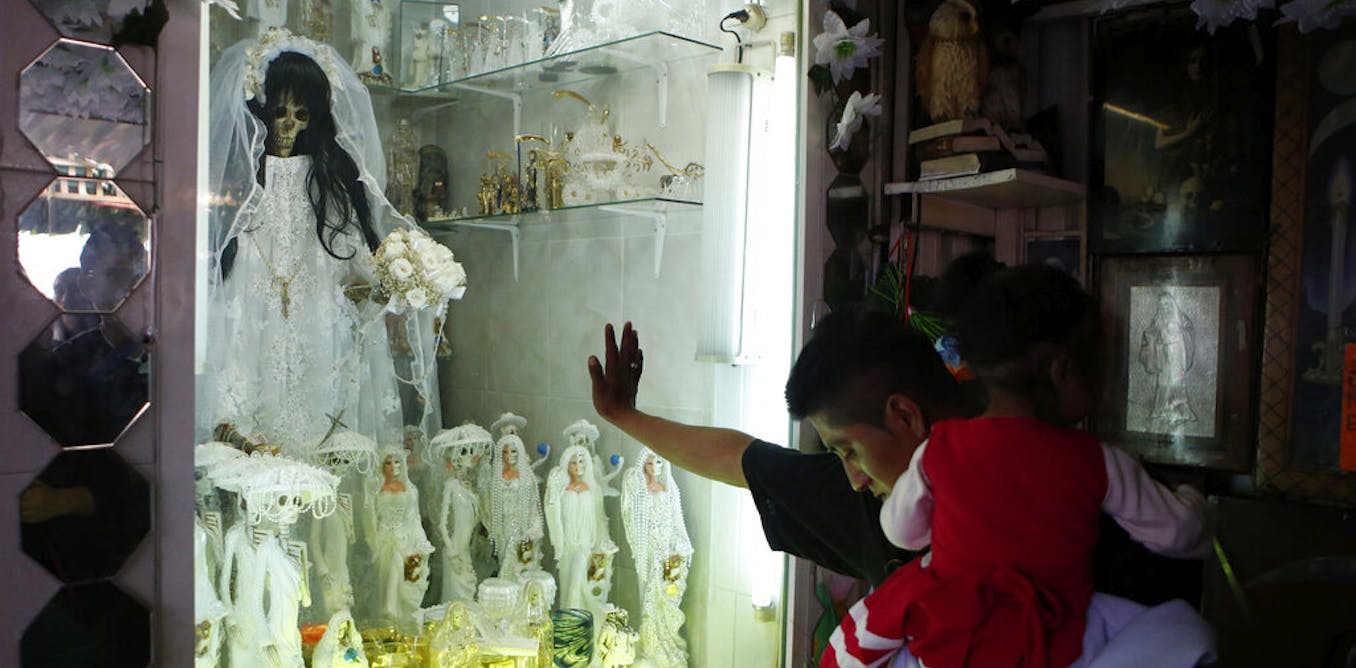
"When a life-size skeleton dressed like the Grim Reaper first appeared on a street altar in Tepito, Mexico City, in 2001, many passersby instinctively crossed themselves. The figure was La Santa Muerte - or Holy Death - a female folk saint cloaked in mystery and controversy that had previously been known, if at all, as a figure of domestic devotion: someone they might address a prayer to, but in the privacy of their home."
"The idea and image of death made into a saint is both unthinkable and magnetic. Her association with drug traffickers and criminal rituals makes many people wary of the skeletal figure. La Santa Muerte also faces significant opposition from the Catholic Church, which condemns her veneration as heretical and morally dangerous. High-ranking church figures such as Cardinal Norberto Rivera Carrera in Mexico have publicly denounced her devotion, warning that it promotes superstition and goes against Christian values."
La Santa Muerte first gained public visibility in Tepito, Mexico City in 2001 when a life-size skeleton dressed like the Grim Reaper appeared on a street altar. She personifies death, often depicted holding a scythe or globe, and her popular devotion spread across Mexico, the Americas, Europe and beyond since the early 2000s. The figure combines fearsome imagery with promises of protection, strength and comfort for devotees, including prisoners, police, sex workers, LGBTQ+ people, migrants and the working class. The devotion faces strong opposition from the Catholic Church and is linked in public perception to criminal rituals and drug traffickers. La Santa Muerte reflects a Mexican cultural view of death as an intimate, resilient force amid chronic violence.
Read at The Conversation
Unable to calculate read time
Collection
[
|
...
]